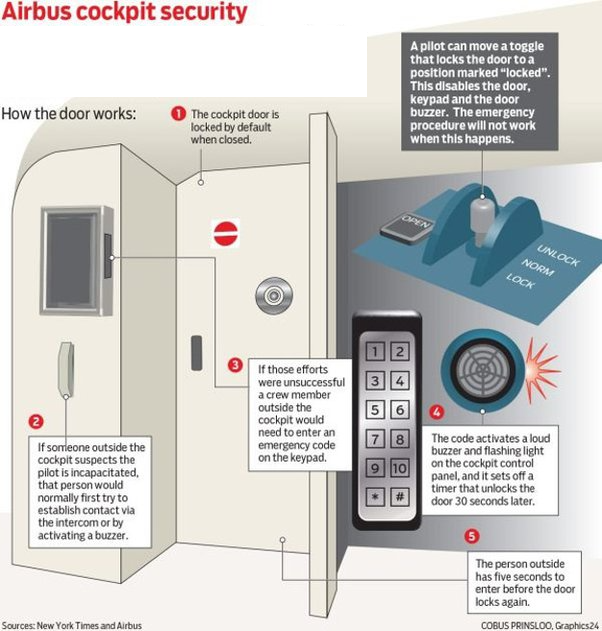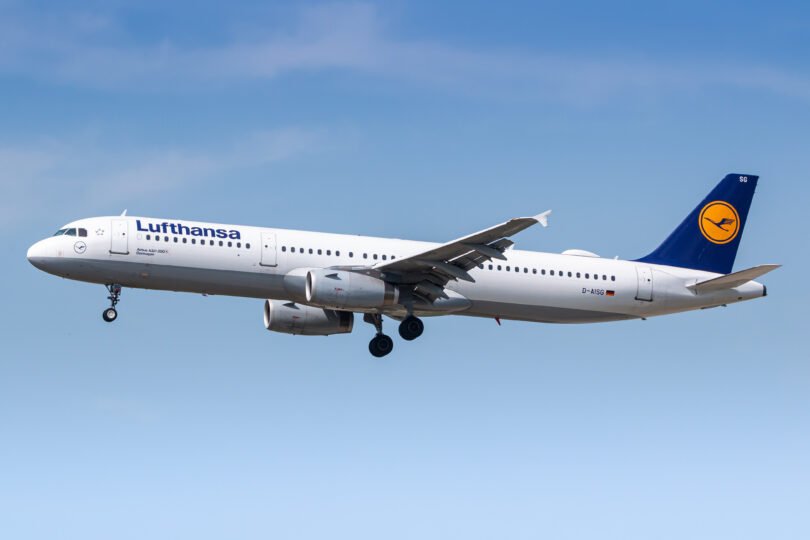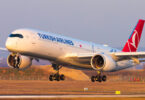A report came out in the past few days of an incident that happened over a year ago. The report and investigation was released and conduction by Spanish investigators. Here is what happened with this Lufthansa flight.
Lufthansa Flight Didn’t Have a Pilot at the Controls for 10 Minutes
This flight flew back in February of 2024 and was going from Frankfurt to Seville, Spain. According to the report, the captain got up with 30 minutes left in the flight to go to the bathroom. Now, ever since the co-pilot of a Germanwings flight crashed the plane when he was left alone, airlines normally have a flight attendant go into the cockpit when one of the pilots has to go out. This is for double protection if something goes wrong.
That did not happen with this flight, however. While the captain was out of the cockpit, the first officer went unconscious due to a neurological issue which apparently is hard to spot. He told the investigators that he had just suddenly lost consciousness. That meant there was a 10 minute space of time when the plane was without a pilot at the controls.
When the captain tried to reenter the cockpit by entering his access code (which the first officer would move the switch in the cockpit to “allow” to unlock the door), it did not work. The cockpit voice recorder apparently had “strange noises in the cockpit that were consistent with an acute health emergency” according to the report. While the captain continued to try his code, a flight attendant was calling the cockpit with no answer. The captain tried his access code 5 times before trying the emergency code.
After entering the emergency code, it would set off a loud buzzer and flashing light on the cockpit and 30 seconds later, it would unlock the door. The captain would have had 5 seconds to enter before the door would lock again.
Before it unlocked on its own, the first officer, evidently being roused by the buzzer/light, opened the door on his own. The captain decided to change the route to land in Madrid and the plane and its 199 passengers and crew landed without incident.

From Airbus and the NYT
While this must have been a very anxious 10 minutes for the captain and the flight attendants, at the same time, he must have at least been relieved that the co-pilot had not toggled the switch to “locked” which would have prevented the access codes from working at all. In the end, the Airbus entry system worked the way it was supposed to. Lufthansa had not commented in news reports following the release of the investigative report.
Maybe pilots or more informed readers can answer this question – why did the captain not try the emergency access code sooner? Would that have locked the cockpit for a longer duration if it didn’t work? Why try his regular access code 5 times first – unless that is protocol?








